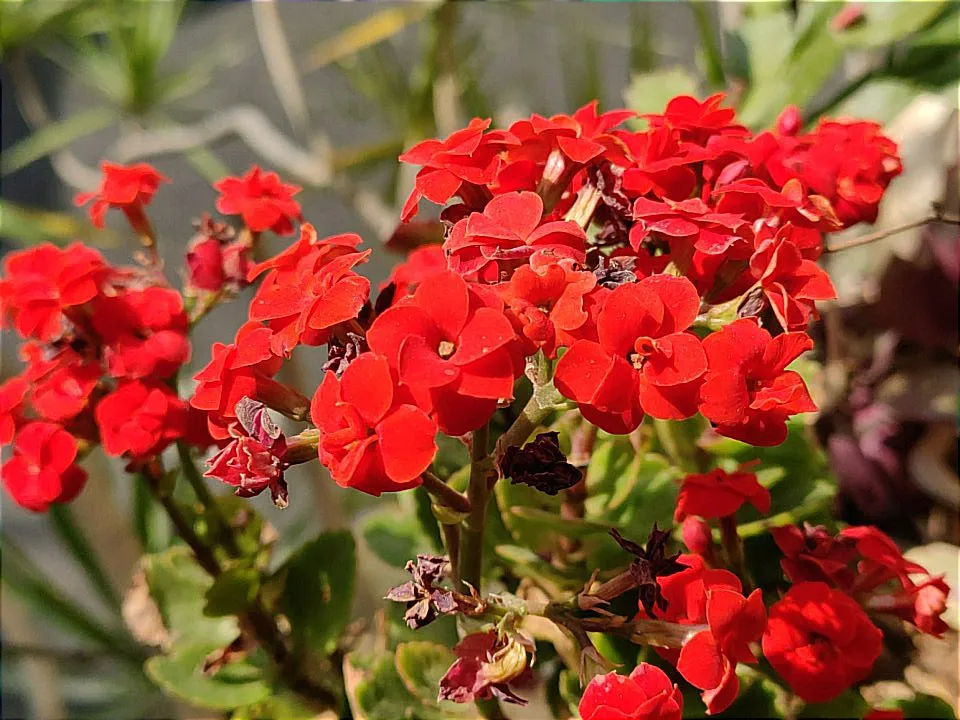
Since the beginning of April it's been raining regularly and the last couple of months have seen copious amounts of rain every day. With continuous rains come pests of every kind without invitation to any garden and mine is no exception. Of all the succulents in my garden the Kalanchoe blossfeldiana is the most affected. These plants native to Madagascar thrive here and so do the red pierrot butterflies.
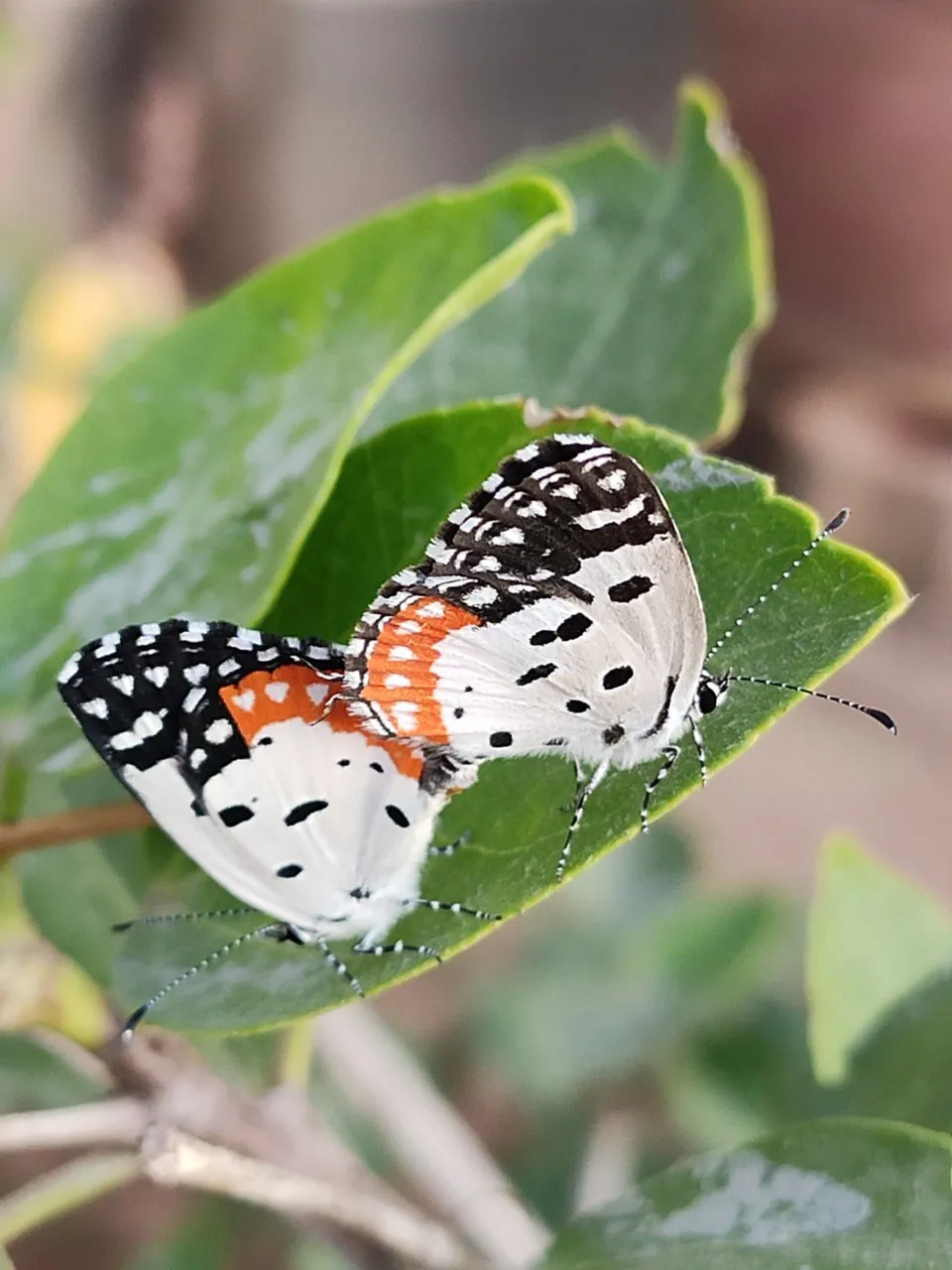
These tiny tyrants (not more than two centimeter long or wide) destroy all the Kalanchoe blossfeldiana plants in my garden and a few other succulents as well. I am guessing that you don't believe how these little beauties can do such a thing. I will show you how they do it with real pictures for proof.
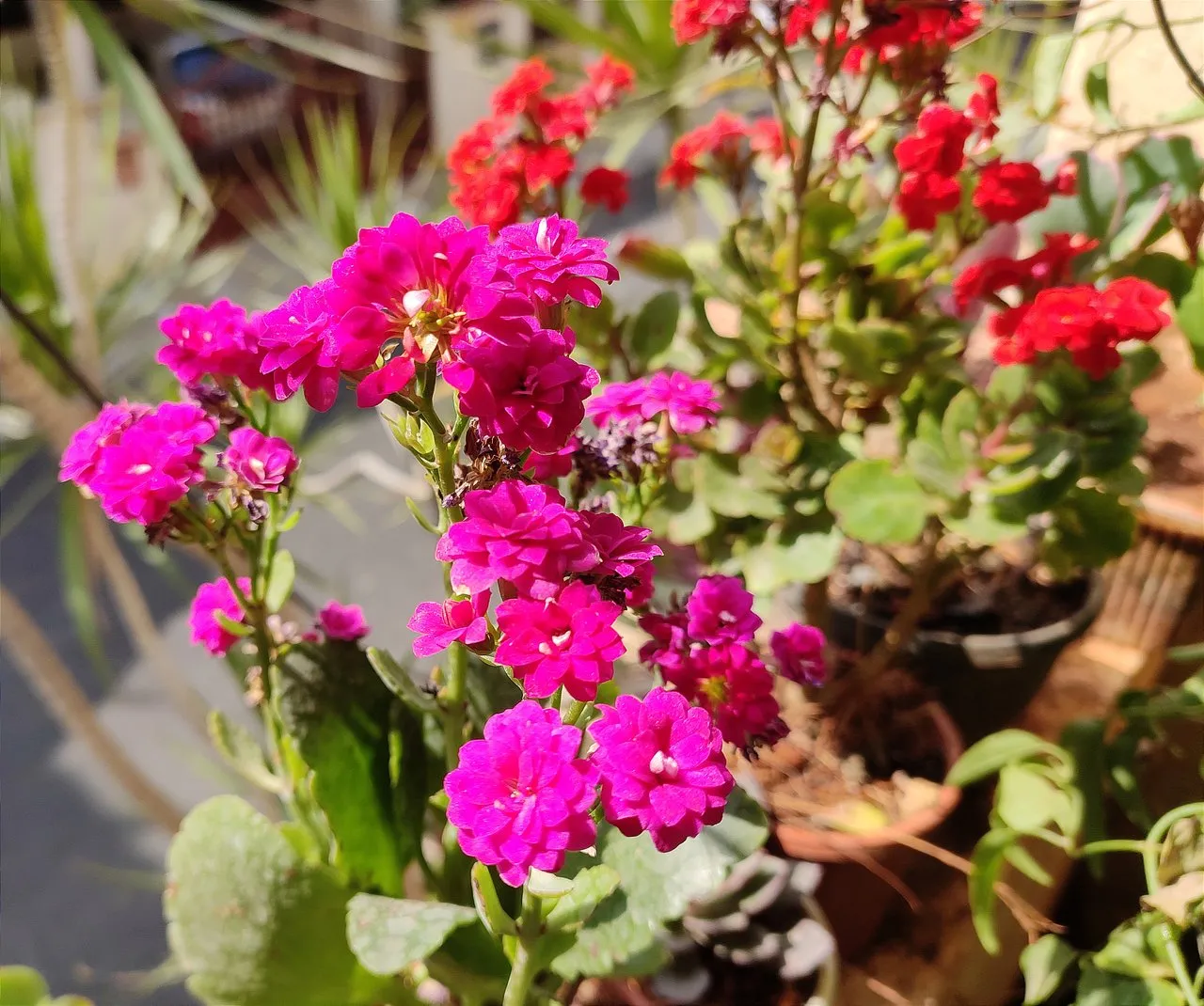
The red pierrot butterflies lay eggs under the leaves of the kalanchoe blossfeldiana plant or at times under the leaves of the crassula Ovata (Jade) plants and hatch dozens of caterpillars.
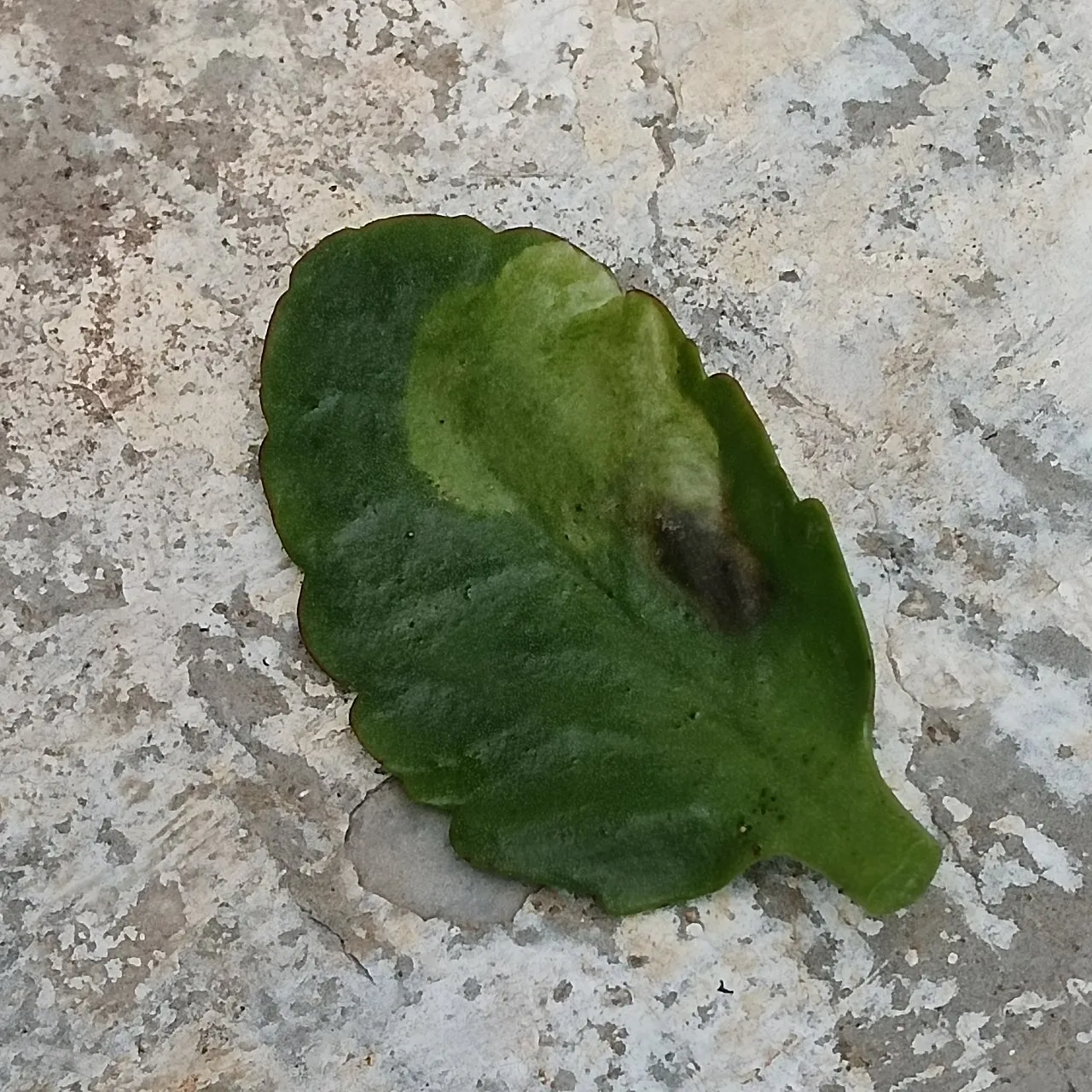
These caterpillars are never seen on the surface of the leaves. If you are a keen observer you would notice a slight change in color like a dot on the surface. A tiny hole on the back of the leaf is what you'd see at first. However, no one looks at the back of leaves as the leaves look fine on the surface, right?
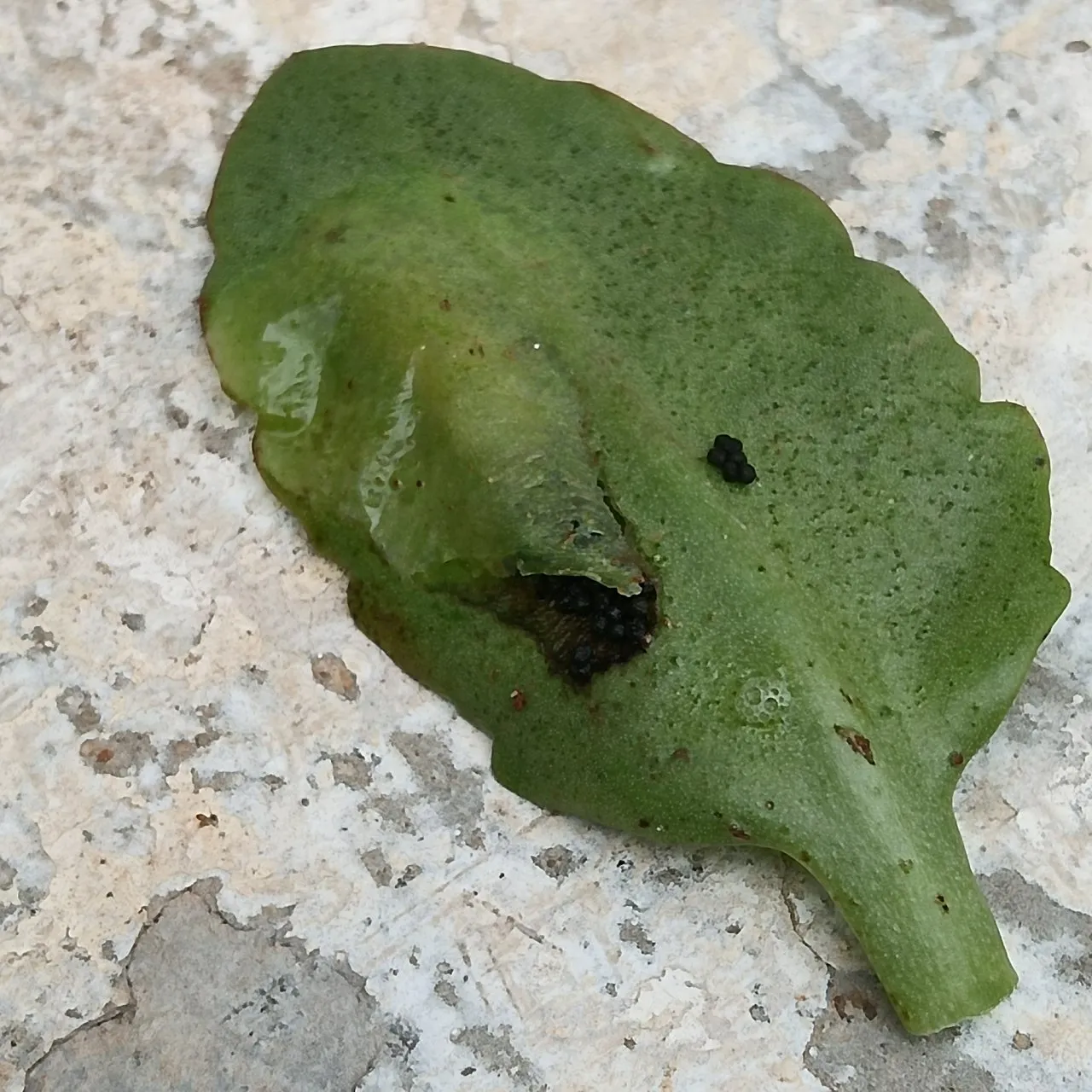
A pic of the back of the leaf
These caterpillars get into the juicy leaves and eat them up. As these critters are not visible to the eyes they may often go unnoticed. You may pinch off the affected shoots only to find that all the other leaves are also affected and the plant itself is destroyed in a short time. These leaves become black and look like rotten leaves, but in actuality they have been eaten from inside and its only the caterpillar poop inside that makes the leaf look black.
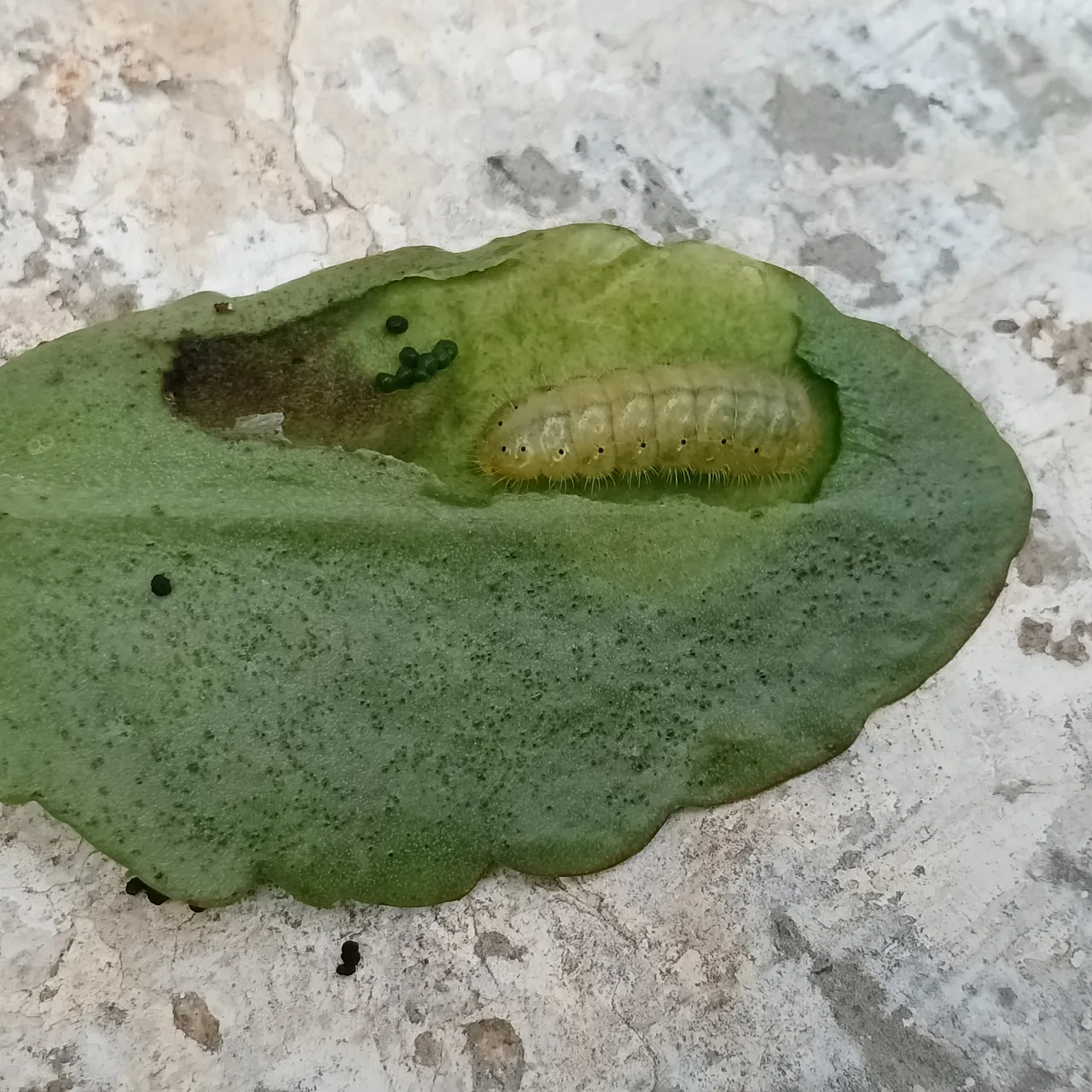
Here, I tore the leaf to expose the caterpillar. The change on the leafs surface becomes noticeable only as the worm grows bigger.
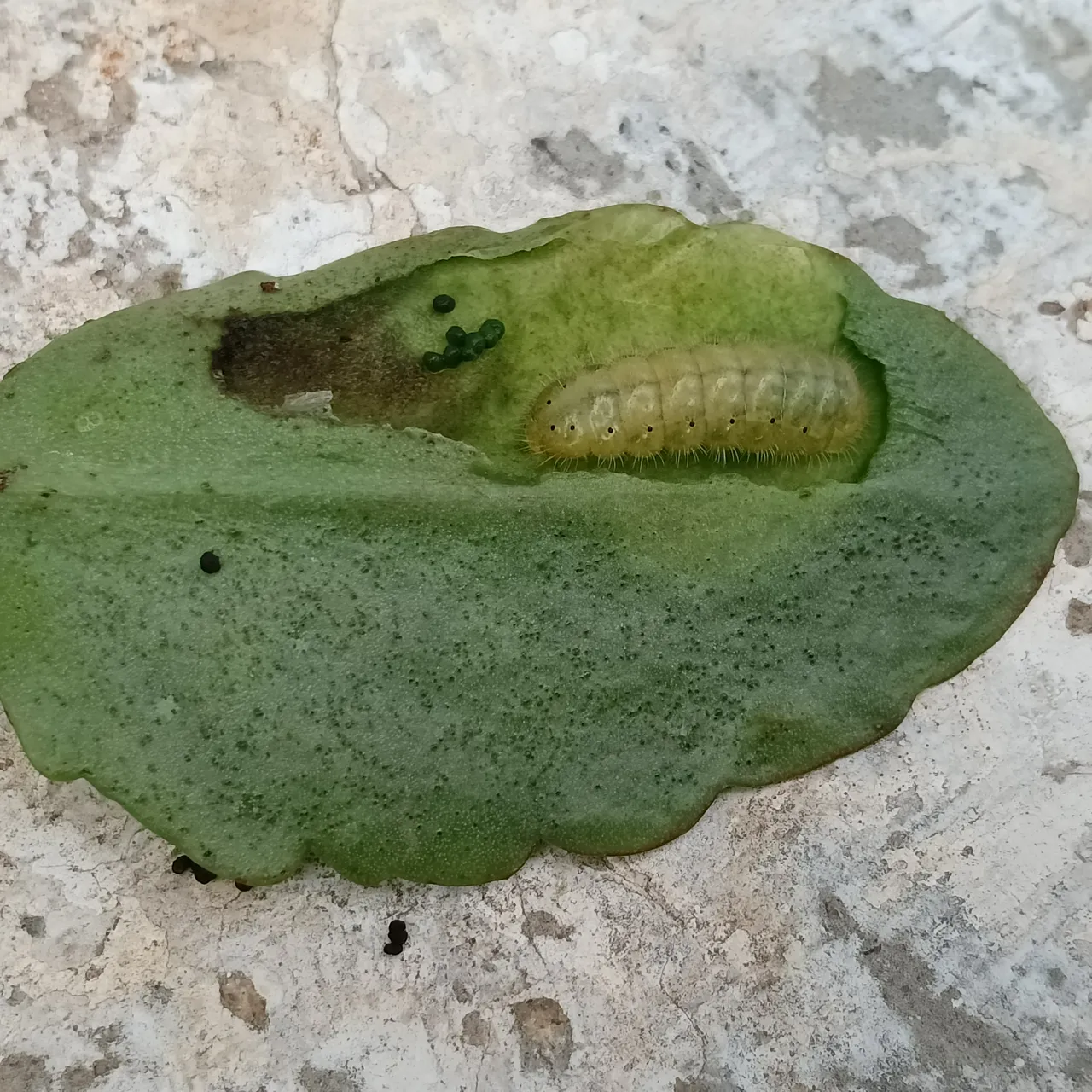
If you look closely you'd find small black dust like particles which is the caterpillar poop. These would actually be the first visible sign of a critter inside the plant. Even before you've realized that there is a problem with your plant, your plant would be gone.

No amount of spraying any pesticide affect these pests as they live inside the leaves and move from one leaf to another or from one plant to another. I usually spray neem oil and dish soap on my plants to prevent pest attack, but in this case I even tried chemical pesticides but to no avail. The only way to save these plants would be to take cuttings from unaffected plants and plant them in a protected environment far from the reach of these butterflies.

Sadly for people like me who have limited space on the terrace and balconies we find our plants under constant attack from these butterflies. I spend a good amount of money each year to buy these plants just because I love the Kalanchoe Blossfeldiana only to see these plants face the same fate year after year.
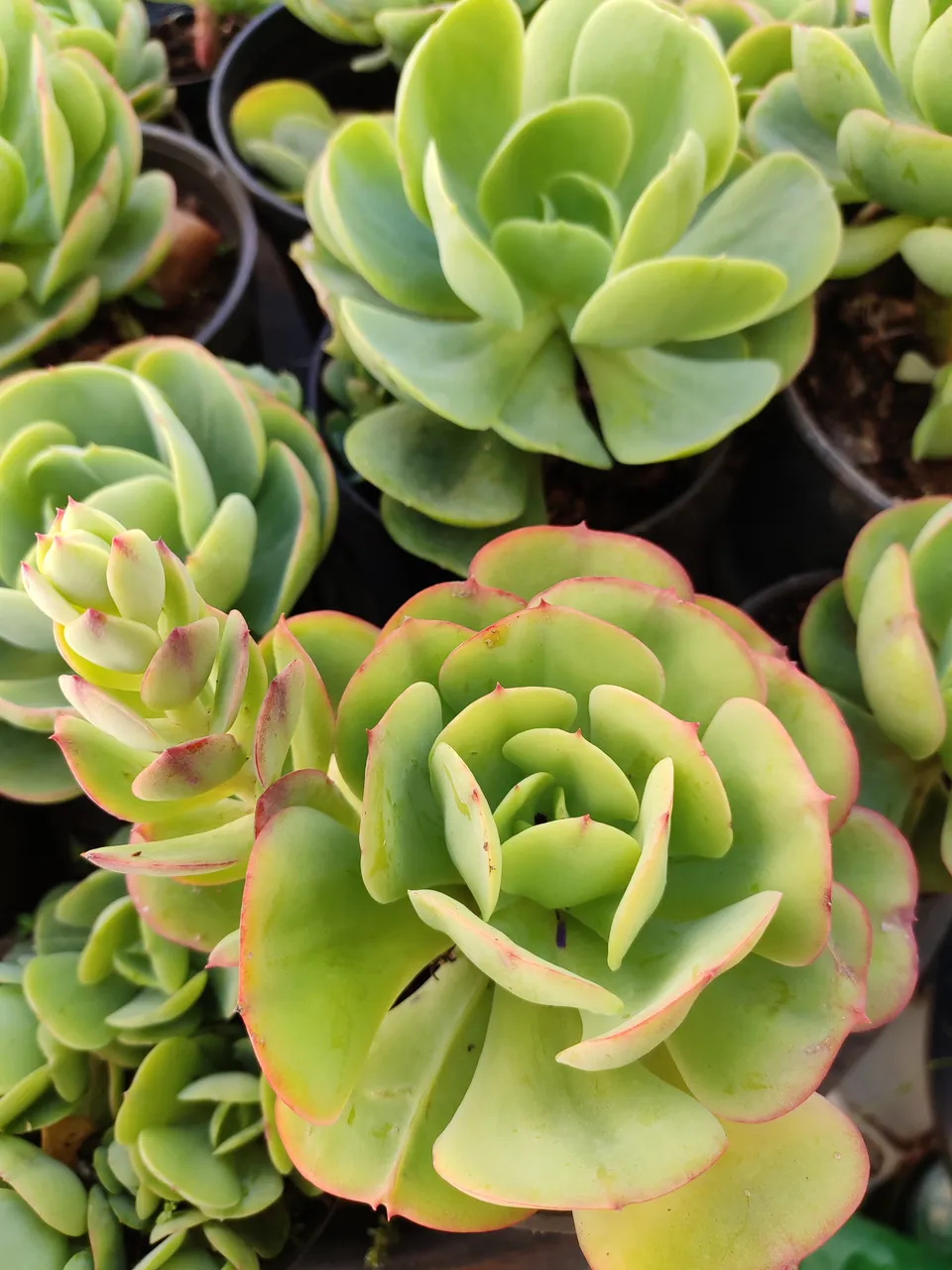
These little monsters seem to have a fine taste when it comes to plants. Although the mother lays eggs on the crassula ovata or jade plant they do not attack the plant at all. The caterpillars seem to prefer the Kalanchoe blossfeldiana more than any other plant and the second in line are my green leaf echeverias (image above), especially the echeveria elegans.
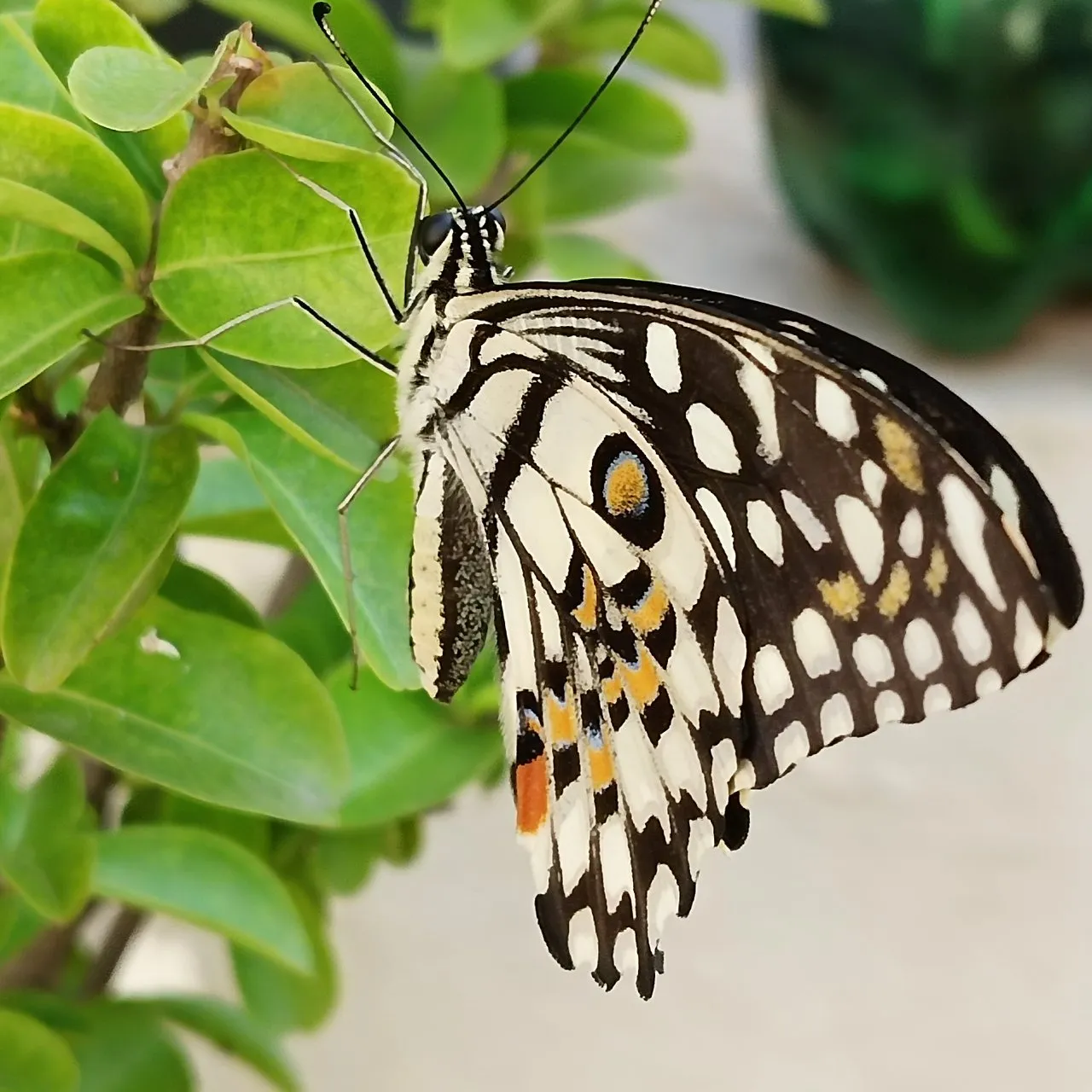
On a friend's suggestion I got myself some butterfly bushes and milk weed hoping that these butterflies would choose these plants over the kalanchoe blossfeldiana. You guessed right, its only the Kalanchoes they attack. However, I find different kinds of butterflies laying their eggs on the milk weed and butterfly bush now which attack other succulents, a problem I unwittingly invited on myself. I'll keep that story for another day.

The paddle plant (kalachoe thyrsiflora, Image above) is another plant which becomes a meal for these dwarf monsters at times. However, this plant seems to be only a second or more often a third choice for them.
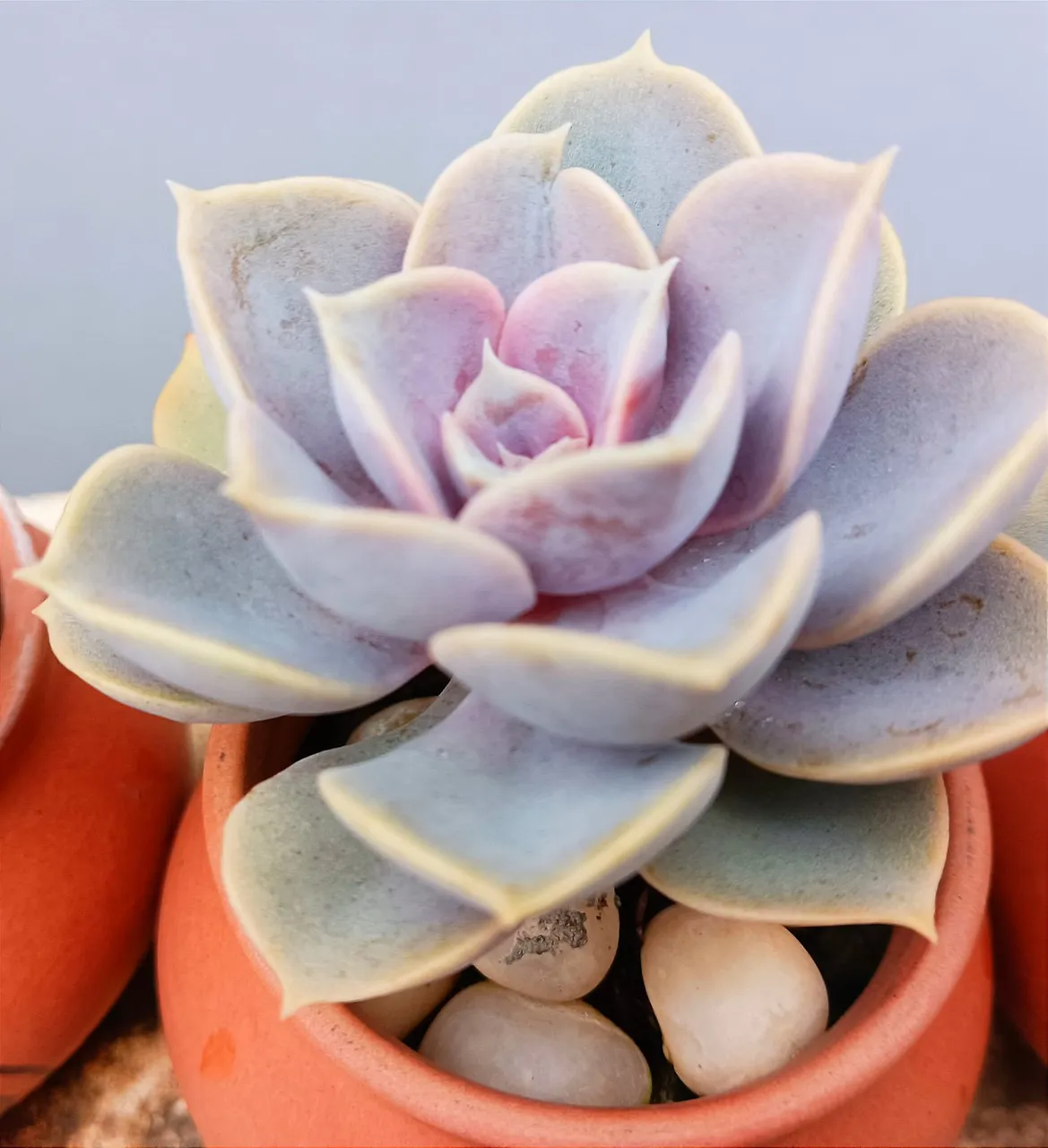
Although I have so many other succulents these red pierrots do not trouble them at all. Only the incessant rain plays havoc with them by not letting the soil get dry between showers.
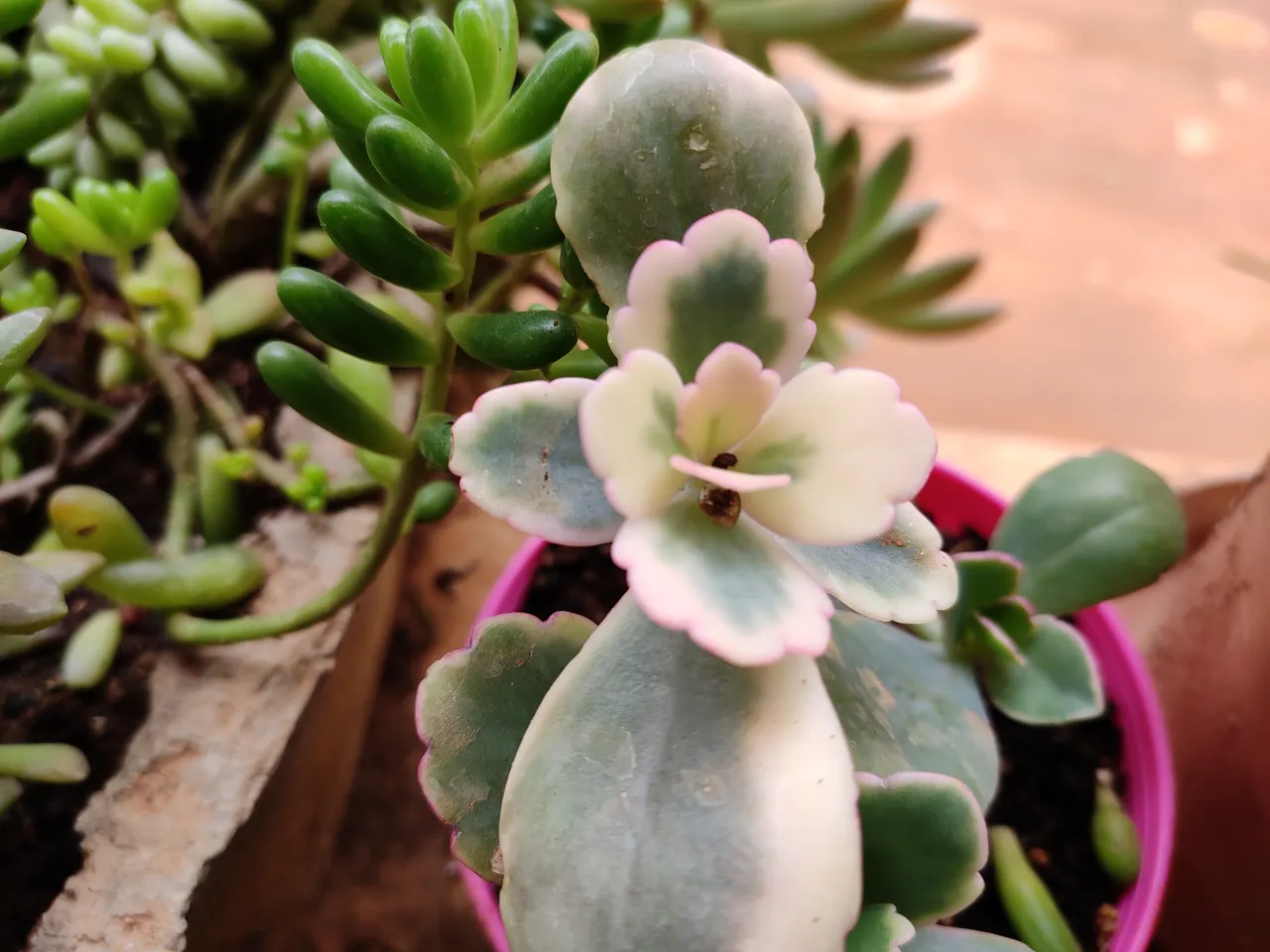
Here is another kalanchoe which is never affected by any butterfly. I wonder if the texture of the leaves have something to do with their choice of food. The kalanchoe blossfeldiana is much softer than the rest and perhaps gentler on their stomachs I guess.
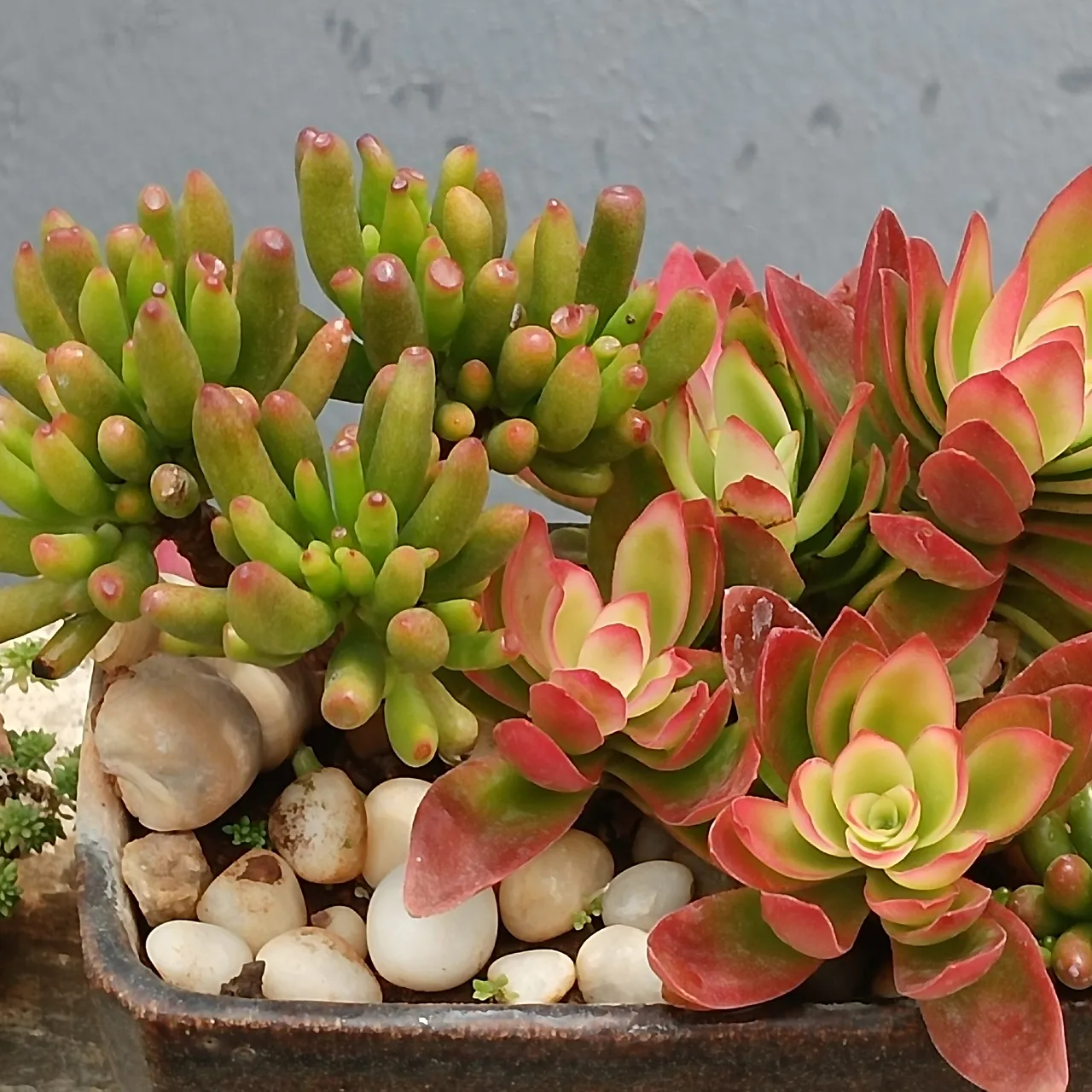
I have also been toying with the idea of getting some kind of mesh umbrella or baby bed mosquito net to protect my plants. I've got to try them before I tell you how they work.
Sorry for sharing some unsightly pictures with you in this post, let me leave you with a nicer succulent picture from my garden.
Thank you for all your support and love. I appreciate this very much.
